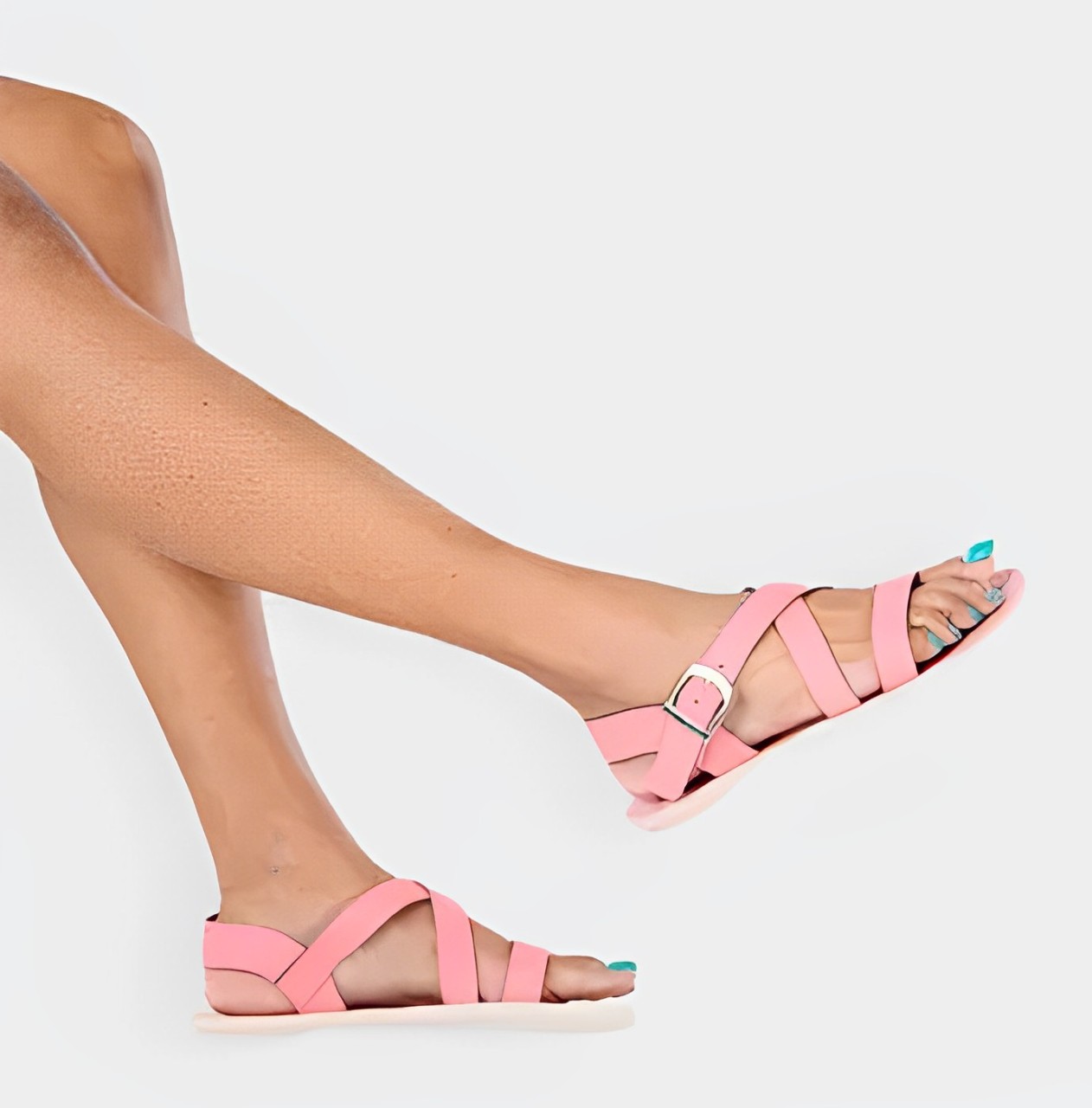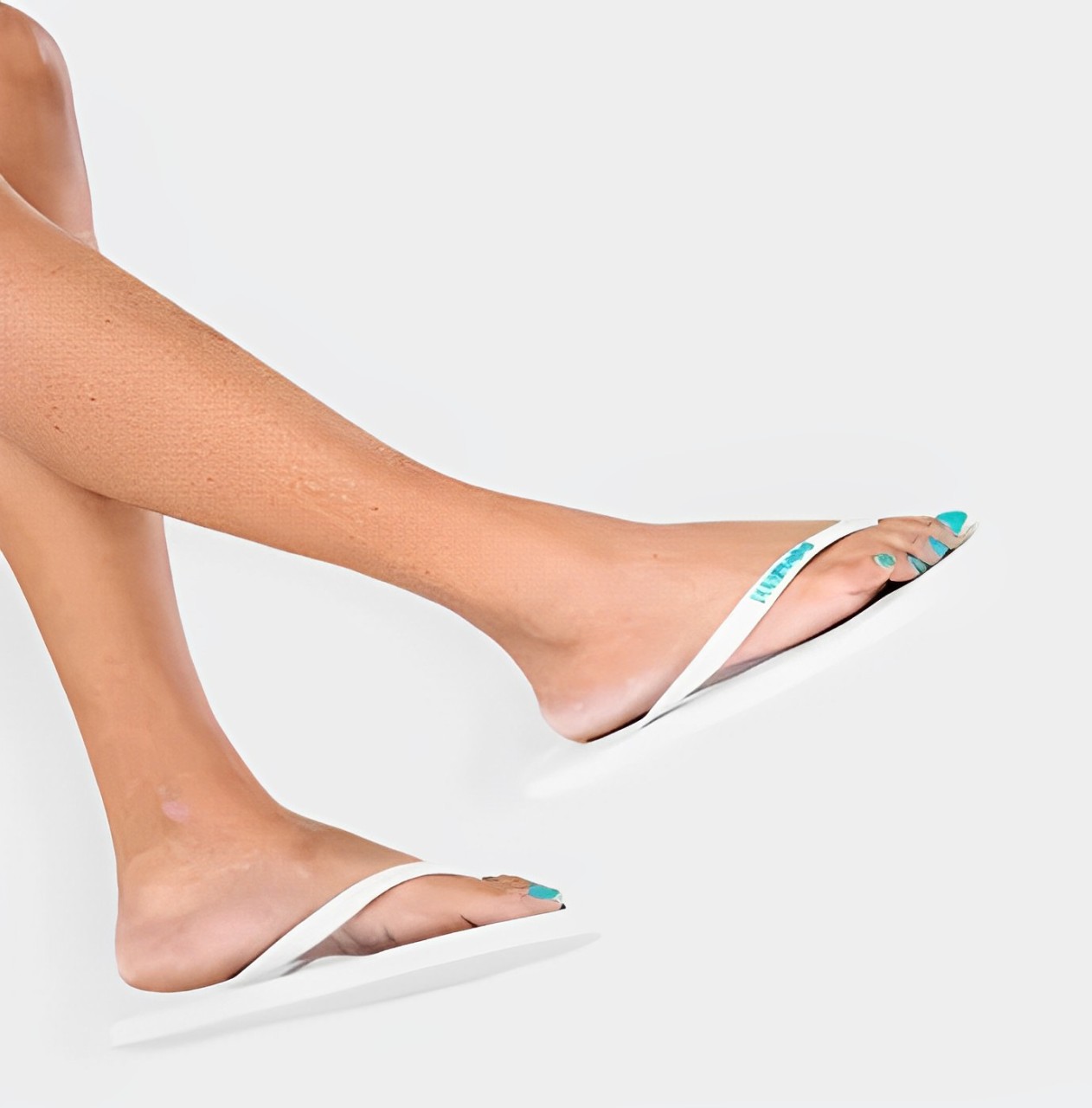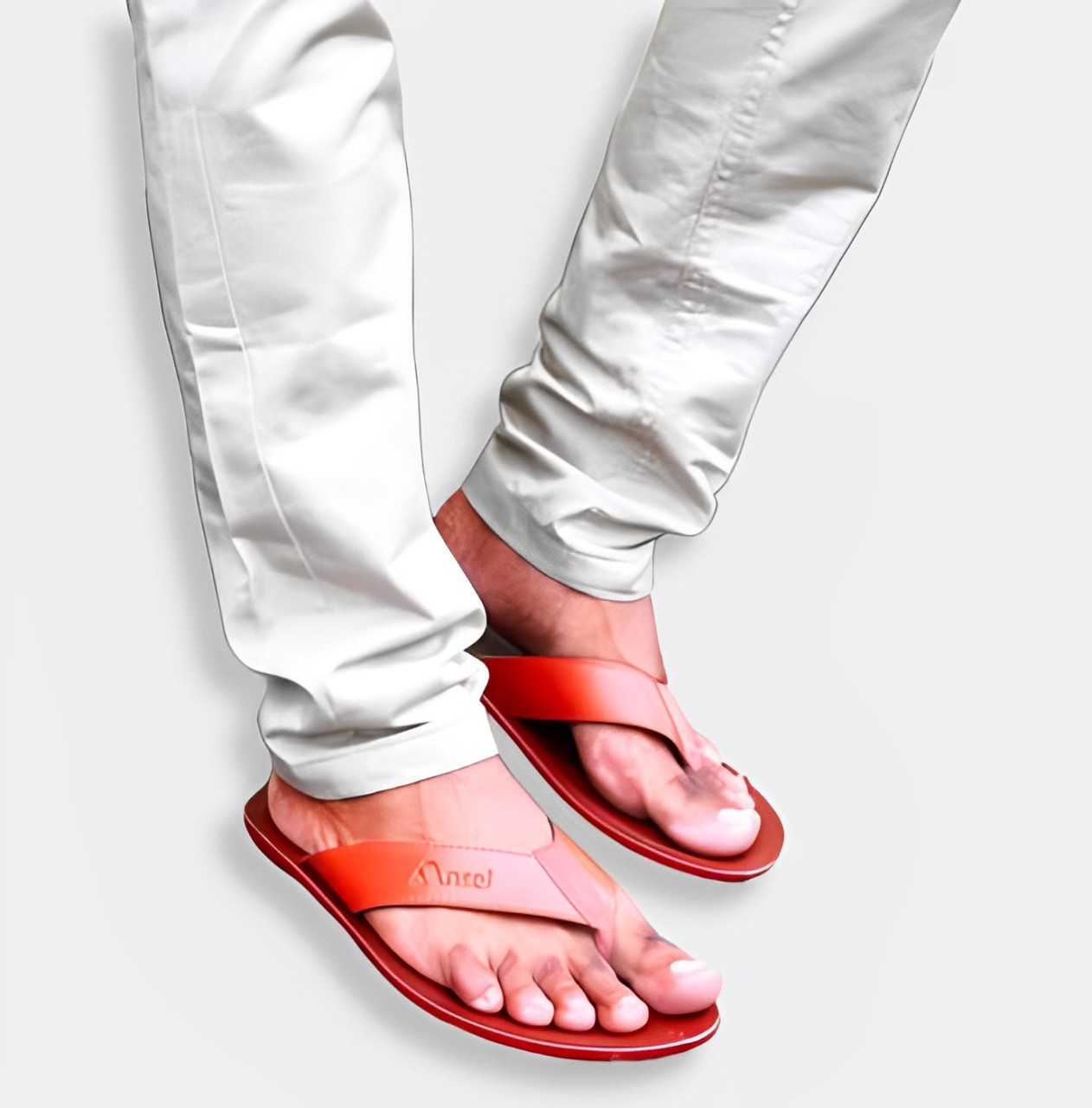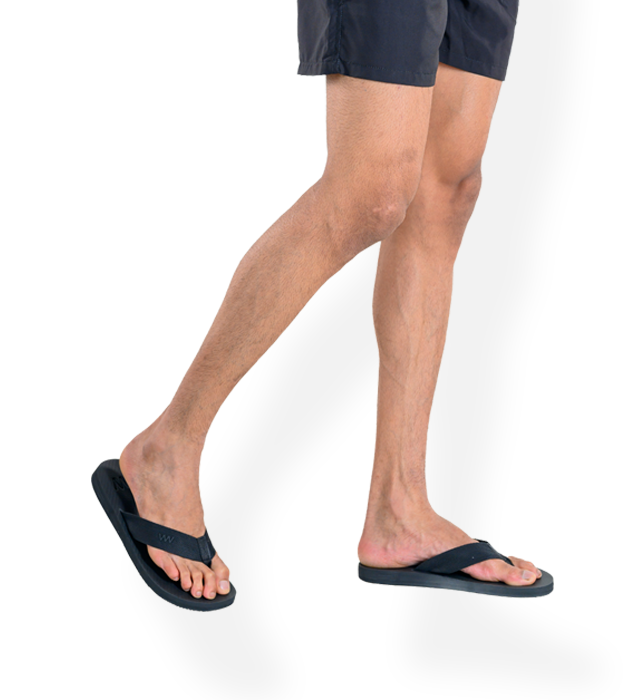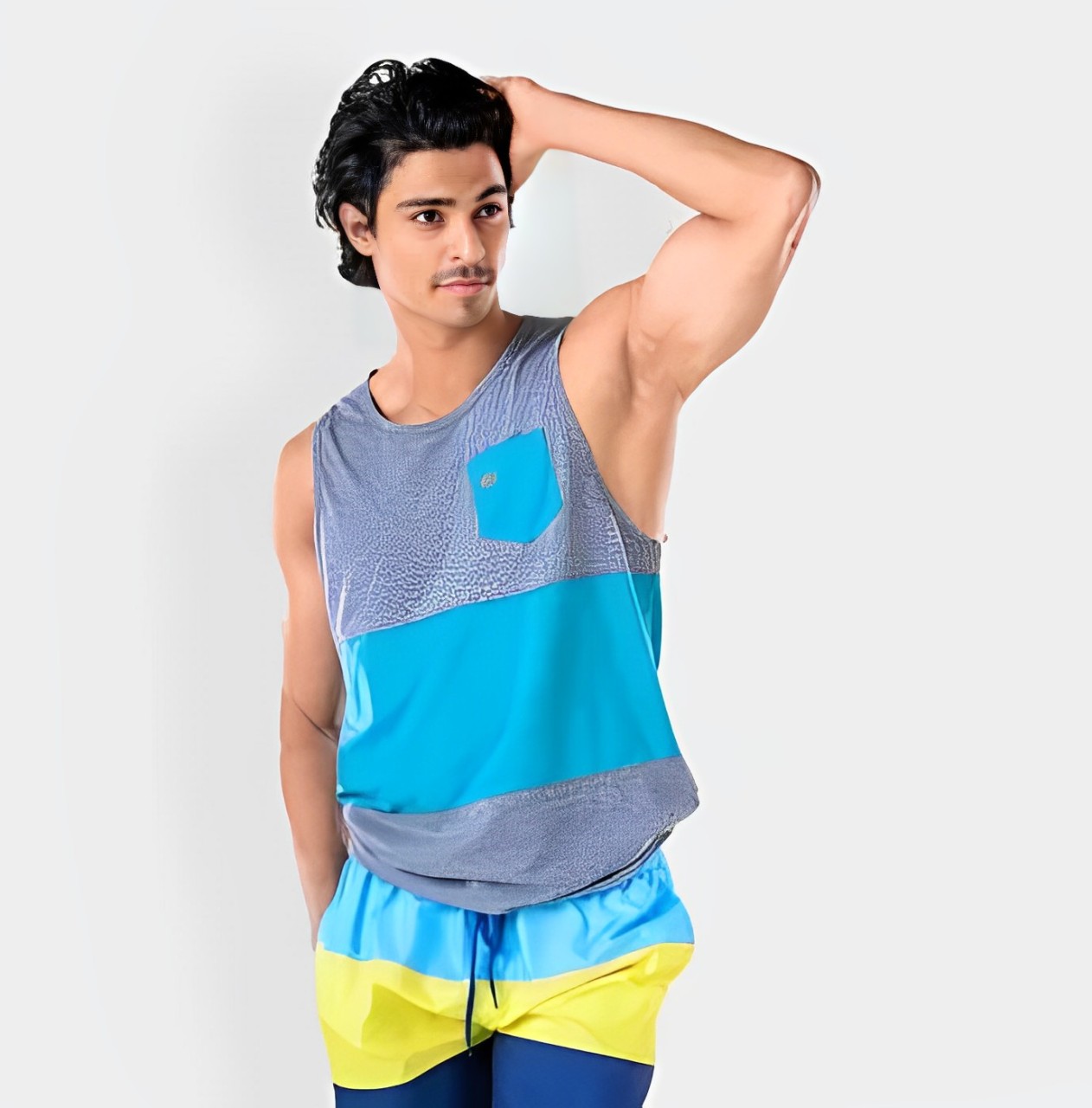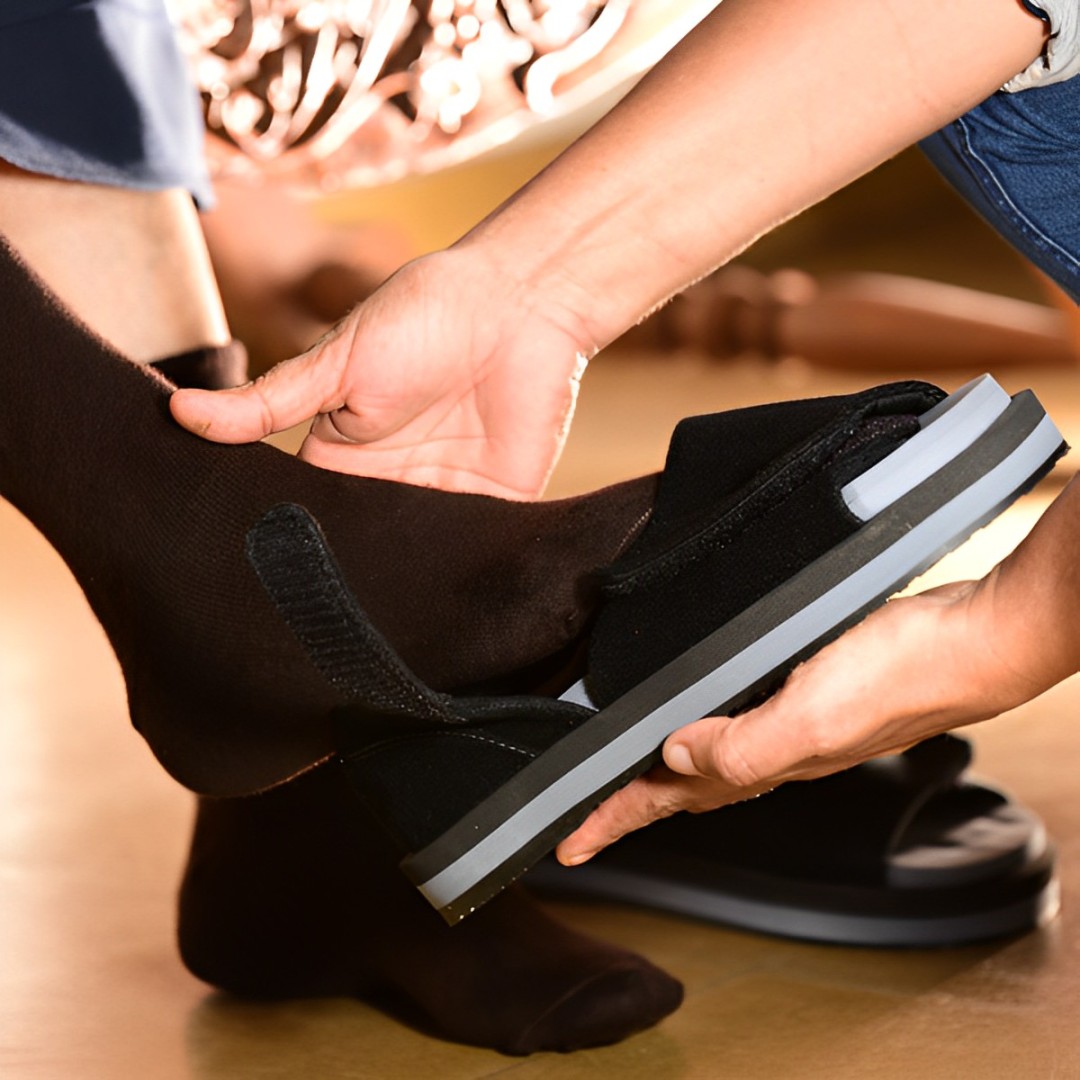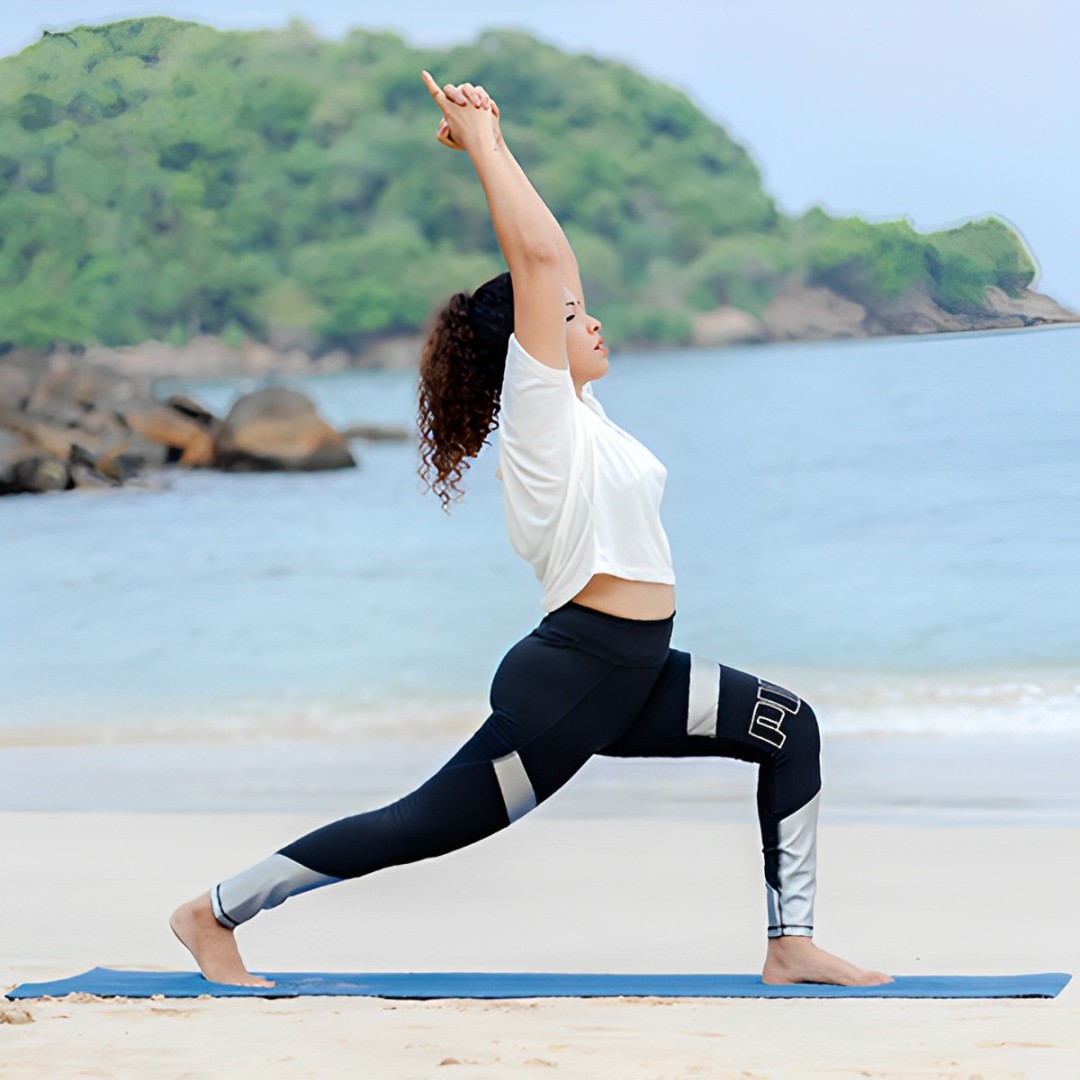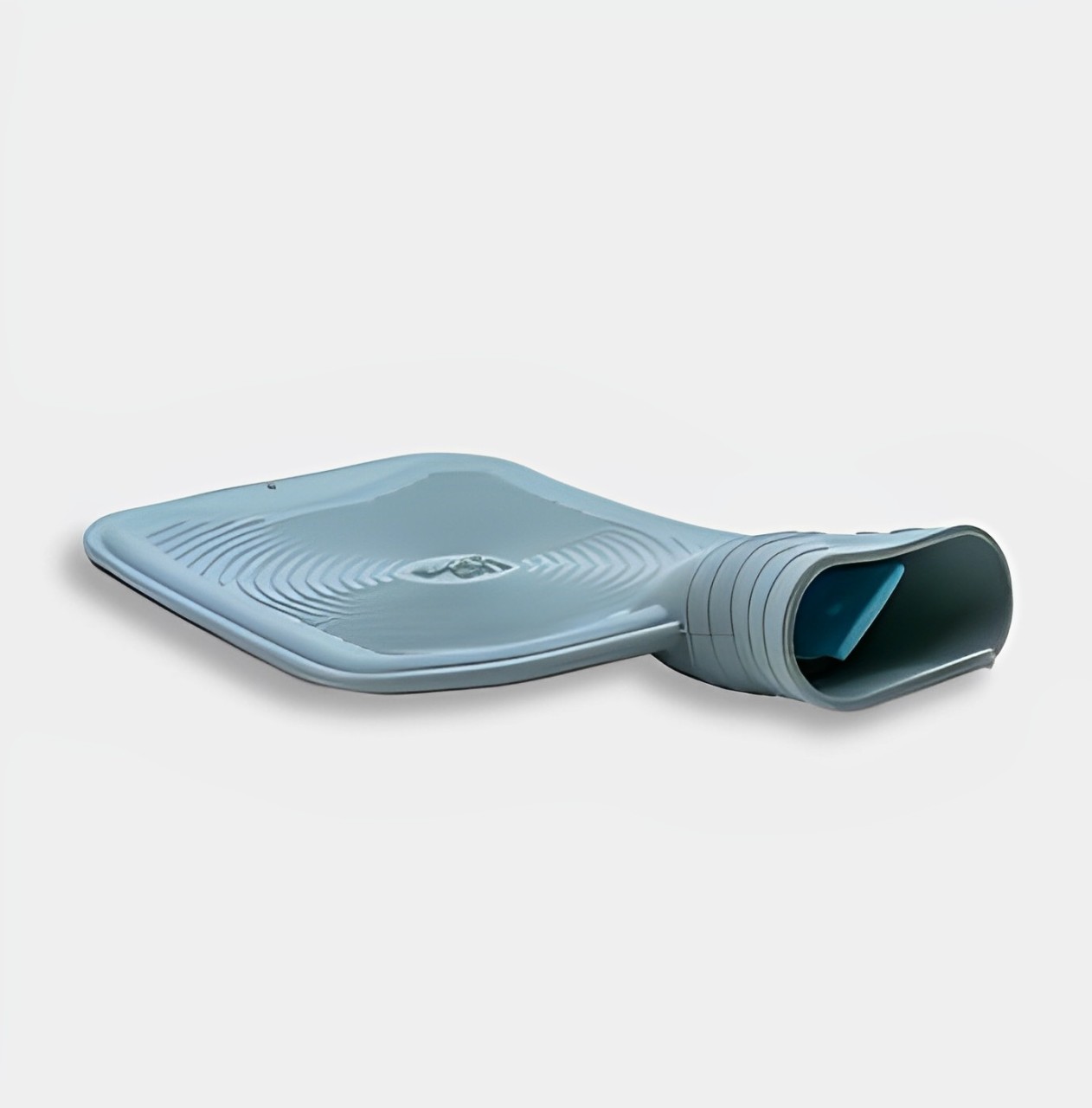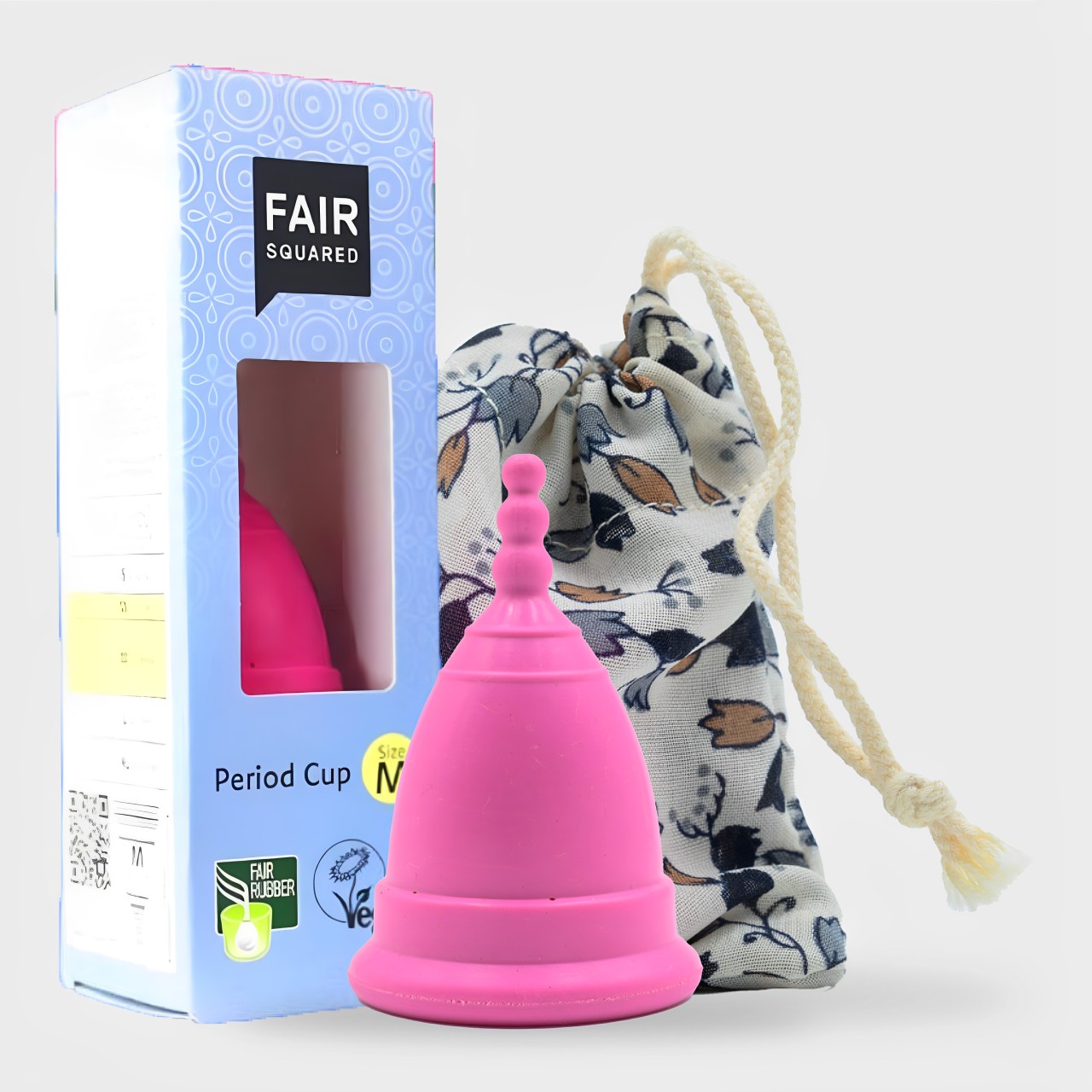Choosing the right yoga mat is not just about color or style—it can directly impact your comfort, alignment, and even motivation. Thus, here are 9 Types of Yoga Mats Explained.
From a beginner to an advanced yogi, a yoga mat serves as a personal space and support system. With so many materials, features, and styles on the market, understanding the differences is essential. Let us now look at 9 types of yoga mats and all that you need to know.
What Are Yoga Mats Made Of?
Yoga mats are typically made from a variety of materials that affect their texture, grip, durability, and eco-friendliness. The most common materials include:
- PVC (polyvinyl chloride): durable and sticky, but not eco-friendly.
- TPE (thermoplastic elastomer): lightweight, recyclable, and more eco-friendly than PVC.
- Natural Rubber: Sustainable and grippy, but heavier and has a strong odor.
- Cork and Jute: Natural, antimicrobial options with good texture.
- Cotton: Traditional, breathable, but may lack grip.
9 Popular Types of Yoga Mats
When it comes to choosing a yoga mat, one size definitely doesn’t fit all. Your ideal mat depends on your practice style, sensitivity to materials, environmental values, and even how often you travel.
PVC Yoga Mats

PVC mats are some of the most widely used yoga mats on the market, especially among beginners. These mats offer strong durability and an excellent non-slip surface.
Pros:
- High grip: The sticky surface prevents hands and feet from slipping, making them great for beginners.
- Durability: PVC mats can last for years with proper care, resisting wear and tear.
- Affordability: Often cheaper than eco-friendly alternatives.
Cons:
- Not eco-friendly: PVC is a plastic-based material that is not biodegradable and can release toxins during production.
- May contain allergens: Some people are sensitive to the chemicals used in PVC mats.
- Not breathable: These mats can trap sweat and odors over time.
Best for: Budget-conscious users who prioritize grip and durability.
TPE Mats

TPE is a synthetic material designed to be more environmentally friendly than PVC.
Pros:
- Lightweight and flexible: easy to roll up and carry.
- Non-toxic and recyclable: a better choice for environmentally minded users.
- Comfortable cushioning: offers good joint support without being too bulky.
Cons:
- Shorter lifespan: TPE mats tend to wear out faster than PVC or rubber.
- Moderate grip: While decent, it is not as sticky as PVC, especially in sweaty conditions.
- Can warp under heat: Not ideal for hot yoga or being left in the sun.
Best for: Eco-conscious practitioners who want a soft, cushioned mat for moderate use.
Natural Rubber Mats

These are made from latex that is extracted from rubber trees and are biodegradable.
Pros:
- Excellent grip: Both dry and wet grip are superior, making it ideal for hot yoga.
- Eco-friendly: Fully biodegradable and sustainably sourced.
- Dense and supportive: Provides firm cushioning without compromising stability.
Cons:
- Heavy: Can be bulky and inconvenient to carry.
- Smell: Has a strong rubber odor initially.
- Allergens: Not suitable for people with latex allergies.
Best for: Serious yogis and hot yoga practitioners who value grip and sustainability.
Jute Yoga Mats

Jute is a natural fiber known for its rough, textured feel and eco-friendliness. It is typically blended with PER (polymer environmental resin) or TPE for added grip.
Pros:
- Sustainable and biodegradable: A good choice for eco-minded users.
- Textured surface: Provides a grounded, earthy feel during practice.
- Breathable: Does not retain moisture or odors.
Cons:
- Less cushioning: Not ideal for people with sensitive joints.
- Rough texture: Might feel uncomfortable for certain postures or prolonged use.
- Limited grip: Especially if used on smooth floors without a base material.
Best for: Earthy yogis who prefer a natural feel and prioritize environmental impact.
Cork Yoga Mats

Cork yoga mats have a natural cork surface and a rubber or TPE base. They are increasingly popular for their antimicrobial properties and eco-appeal.
Pros:
- Antimicrobial: Naturally resists mold, bacteria, and odor.
- Gets grippier with sweat: Perfect for hot yoga and intense sessions.
- Eco-friendly and biodegradable.
Cons:
- Slippery when dry: May not provide the best traction at the start of a session.
- Heavy and less flexible: Can be harder to transport or roll up.
- The surface may crack over time: Especially with heavy daily use.
Best for: Eco-conscious hot yoga practitioners who want a clean and natural mat.
Cotton Yoga Mats

Cotton mats are traditional in India and commonly used in Ashtanga yoga.
Pros:
- Highly absorbent: Soaks up sweat, making it suitable for dynamic flows.
- Natural and breathable: Soft feel under the body, non-toxic.
- Machine washable: Easy to clean and maintain.
Cons:
- Low grip: Can slip on hardwood or tiled floors unless placed on a rubber base.
- Minimal cushioning: Not great for people with joint pain.
- Wrinkles easily: May not stay flat during certain poses.
Best for: Traditionalists or those who practice on carpeted floors.
Travel Yoga Mats

Travel mats are designed to be ultralight and foldable, making them easy to pack into a suitcase or carry-on bag.
Pros:
- Highly portable: often weigh less than 2 pounds.
- Foldable: can fit in backpacks or luggage easily.
- Some are machine washable.
Cons:
- Thin cushioning: May not protect joints on hard surfaces.
- Limited durability: Not ideal for long-term daily practice.
- Grip varies: depends on the material used.
Best for: Traveling yogis or those needing a second mat for on-the-go practice.
Extra Thick Yoga Mats

These mats range from 8mm to 15mm in thickness and are meant to provide extra cushioning and comfort, particularly for restorative or prenatal yoga.
Pros:
- Superior comfort: Great for knees, hips, and elbows.
- Ideal for restorative or meditative sessions.
- Provides insulation from cold floors.
Cons:
- Reduces stability: Can make balance poses difficult.
- Bulky: Harder to carry and store.
- Can wear out quickly under regular use.
Best for: Beginners, seniors, or anyone with joint sensitivity.
Alignment Yoga Mats

These mats have printed lines and markers or guides to help you align your body correctly during poses.
Pros:
- Built-in alignment cues: Great for self-correction and posture improvement.
- Boosts body awareness: Helps track hand, foot, and hip placement.
- Suitable for beginners and home practice.
Cons:
- Slightly more expensive: Due to specialized printing.
- Designs may fade: With heavy use and repeated washing.
- Limited aesthetic variety: Most come in standard patterns.
Best for: Beginners, at-home yogis, and those working on form and technique.
How to Choose the Best Yoga Mat for Your Practice
Finding the right yoga mat is more than a matter of preference. It can affect the quality, comfort, and safety of your yoga journey.
1. Consider Your Yoga Style
Different types of yoga require different levels of grip, cushioning, and durability:
- Hatha, Iyengar, or Yin Yoga: These slow, alignment-based practices benefit from mats with moderate thickness and a firm surface. Look for a mat that offers support without too much bounce—PVC, TPE, or natural rubber are good options.
- Vinyasa or Power Yoga: These dynamic styles involve a lot of movement and sweating. Grip is crucial, so opt for cork, rubber, or PVC mats with strong non-slip surfaces.
- Hot Yoga/Bikram: You will need a mat that can handle heat and moisture. Cork or natural rubber mats work well, as they provide excellent grip when wet.
- Restorative or Prenatal Yoga: Choose extra-thick or cotton mats that cushion the joints and support relaxation.
2. Decide on the Right Thickness
Yoga mats typically range from 1 mm to 15 mm in thickness.
Standard thickness (4–6 mm): best for general use. It offers a balance of comfort and stability, suitable for both beginners and experienced practitioners.
- Thick mats (8–15 mm): Ideal for people with joint sensitivity, seniors, or anyone doing restorative yoga. However, thicker mats can reduce balance and stability during standing poses.
- Thin mats (1–3 mm): Great for travel and advanced practitioners who want more connection to the ground. Thin mats are lightweight but may lack cushioning.
3. Prioritize Grip and Texture
A mat’s surface texture influences traction and how much you slip—or don’t—during poses. Consider how sweaty your practice gets and what texture feels comfortable under your hands and feet.
- Sticky grip (PVC): Helps hold poses longer, ideal for beginners.
- Textured grip (jute, rubber): Provides natural traction, great for intermediate or hot yoga sessions.
- Smooth surfaces (TPE or cotton): Comfortable, but may require a yoga towel on top if you sweat a lot.
4. Match the Material to Your Values
Many yogis are becoming more environmentally conscious, and the mat you use is a direct reflection of your values.
- Eco-friendly options: Natural rubber, cork, jute, and organic cotton mats are biodegradable and made from renewable resources.
- Synthetic materials: PVC and TPE are common but differ in impact—PVC is not biodegradable, while TPE is more recyclable and non-toxic.
- Durability: PVC and rubber mats often last longer, reducing the need for frequent replacement.
5. Think About Portability
If you are commuting to a studio, traveling, or practicing outdoors, weight and size matter.
- Lightweight mats (under 1.5 kg): TPE, cotton, and foldable travel mats are easiest to carry.
- Standard mats (1.5–2.5 kg): Balance portability and comfort.
- Heavy mats (over 3 kg): Cork or thick rubber mats may be bulky but offer exceptional durability and performance.
6. Choose a Size That Fits You
Most standard yoga mats are 68 inches (173 cm) long. It is suitable for people up to 5’8” tall. If you are taller, consider longer mats (72–85 inches) to ensure your whole body fits comfortably in poses like Savasana or Downward Dog.
7. Factor in Your Budget
Yoga mats range from budget-friendly to premium. While you don’t need to splurge to get a good mat, investing in a high-quality option can improve your experience and last much longer.
- Budget mats ($10–$30): Usually PVC or thin TPE; good for beginners but may lack durability.
- Mid-range mats ($30–$80): Includes TPE, cotton, and some eco-friendly options with decent quality.
- Premium mats ($80–$150+): Natural rubber, cork, and alignment mats with better construction and longevity.
8. Special Features to Consider
Some mats come with extra features that can support your yoga journey:
- Alignment lines: Help guide your hand and foot placement—ideal for beginners.
- Dual-layer design: Offers two different textures on each side for versatile use.
- Anti-tear or waterproof materials: Improve longevity and hygiene.
These features can make your mat more functional and enhance your practice, especially if you are working on form, balance, or transitioning to more advanced poses.
Eco-Friendly Yoga Mats: What You Should Know
As awareness of environmental impact grows, many yoga practitioners are seeking mats that align with their eco-conscious values. Eco-friendly yoga mats are made from natural, biodegradable, or recyclable materials, offering a sustainable alternative to traditional plastic-based mats like PVC.
An eco-friendly yoga mat generally uses natural or recycled materials, such as natural rubber, cork, jute, or organic cotton. It is biodegradable or recyclable, breaking down without leaving harmful waste. It also avoids toxic chemicals like phthalates, heavy metals, and synthetic dyes.
Popular Eco-Friendly Materials
- Natural Rubber: Harvested from rubber trees, it is biodegradable, grippy, and durable.
- Cork: Harvested from the bark of cork oak trees without harming the tree.
- Jute: A natural fiber that is strong, breathable, and highly sustainable.
- Organic Cotton: Soft, washable, and biodegradable.
Why our products vary from other brands

The quality of your yoga experience depends mostly on the products you use, especially your yoga mat. At The Brand Hub, we understand that not all yoga mats are equally created. Our range of yoga products stands out from other brands for several important reasons like quality, comfort, eco-consciousness, design, and affordability.
Our main focus has always been on the material quality of our yoga mats. We source mats made from high-grade biodegradable, 100% natural FSC certified tree rubber and cotton fibermaterials, and high-density foam. These materials are not only non-toxic and skin-friendly but also offer excellent durability and resilience.
Our yoga mats feature non-slip surfaces on both sides, providing the grip you need in each of your yoga poses. The cushioned surface offers superior joint protection that is best for people with sensitive knees or wrists.
The Brand Hub is committed to supporting sustainable living. We offer a growing selection of eco-friendly mats that are biodegradable and recyclable. Unlike mass-produced alternatives that contribute to environmental pollution, our yoga mats are manufactured with minimal ecological impact. Our yoga mats are available in a wide range of vibrant colors, calming patterns, and minimalist designs. We also offer mats with alignment markers to help improve posture and technique, especially for beginners. Also, our mats are priced competitively without compromising on quality.
This was it about the 9 Types of Yoga Mats Explained Which One Is Best for You? Depending on your personal needs and the type of yoga you perform, you can now see which yoga mat is best for you.
FAQs
A TPE or PVC mat with alignment lines is best for beginners.
PVC is often durable but it is not eco-friendly. TPE is recyclable, softer, and lighter, but it wears out faster.
For general practice, 4–6 mm is ideal. Go thicker (8+ mm) for sensitive joints or restorative yoga.
Yes, but one must know that yoga mats are designed for better grip and stability, mostly in poses requiring balance.

Editorial Staff’s at The Brand Hub are experts in Sri Lanka fashion.



